Having a large-breed puppy comes with a duty. Giving them proper exercise is important for their health. It helps in growth and development. Large-breed puppies include Labrador Retrievers, German Shepherds, and Great Danes. They need specific exercise routines.
They grow and develop at a faster rate than smaller dogs, so their exercise needs are different. Over-exercising a large-breed puppy can lead to health problems. It can cause joint injuries, hip dysplasia, and even heart disease.
It is important to know the type of exercise for your puppy. It’s also vital to know how much exercise they need at different stages. This article will discuss the different exercises fit for large-breed puppies. It will provide tips to ensure they get the right amount of exercise without overdoing it.
How Much Exercise Does a Large-Breed Puppy Need?
As a general rule, pups should be given one to two sessions of five minutes of walking for every month of their age. For instance, a four-month-old puppy might take 20-minute walks once or twice a day.
Large-breed puppies need at least 30 minutes of daily exercise. Divided into shorter walks or play sessions. Start slowly and gradually increase the amount as your puppy grows stronger. For puppies under six months, walk them for short periods. Avoid jumping or running. Gradually increase the length and intensity of exercise. But be mindful of their joints and avoid activities that could put them at risk of injury.
What Kind of Exercise is Best for Large-Breed Puppies?
Many types of exercise are appropriate for large-breed puppies. Some of the best activities include:
- Walking
- Playing fetch
- Swimming
- Agility training
- Nosework training
Supervise and Monitor Your Puppy
While exercising your large-breed puppy, it’s crucial to supervise them closely. Watch their behavior and physical condition. Keep an eye out for signs of exhaustion, dehydration, or discomfort. Keep them away from household items that can cause accidents. Do not allow furniture, aquarium, and electrical appliances in the exercise area. Here’s what you should pay attention to:
- Excessive panting: If your puppy is excessively panting, it may be a sign of overheating. Take a break, find shade, and offer water.
- Limping or lameness: If your puppy limps or shows signs of lameness. It’s essential to stop the activity immediately and consult your veterinarian. It could show an injury or strain.
- Excessive fatigue: Puppies naturally have bursts of energy. But prolonged fatigue or an unwillingness to continue may show exhaustion. Allow your puppy to rest and recover.
Tips for Exercising a Large-Breed Puppy
Understand Your Puppy’s Exercise Needs
It’s vital to know the specific exercise requirements of big puppies. They have similar energy levels as small puppies do. But I need more attention because of their developing bodies. Here are a few things to think about:
- Growth plates: Large-breed puppies have slower skeletal development. They are more prone to injury. Avoid high-impact activities. Do not expose them to jumping or strenuous exercise. Until growth plates close, typically 12–24 months old.
- Moderation: Over-exercising a large-breed puppy can lead to joint and bone problems. Go for a balance between physical activity and rest. This allows for proper growth and development.
Start slowly and increase the Intensity
Here’s how you can go about it:
- Short walks: Begin with short, leash-controlled walks around the neighborhood. Start with 5–10 minutes. Then steadily increase the duration as your puppy’s stamina improves.
- Low-impact activities: Engage your puppy in low-impact activities, such as swimming. Or you can engage it by playing fetch in grassy areas. These activities provide exercise while minimizing stress on developing joints.
- Playdates: Organize playdates with other well-behaved dogs. This provides socialization and controlled exercise for your puppy. Make sure the play environment is safe and supervised.
Incorporate Mental Stimulation
Besides physical exercise, large-breed puppies require mental stimulation. This keeps their curious minds engaged. Mental exercise can tire them out and prevent boredom-induced behavior problems. Consider:
- Puzzle toys: Invest in interactive puzzle toys that challenge your puppy’s problem-solving skills. These toys provide mental stimulation while keeping them occupied.
- Training sessions: Regular training sessions teach your puppy basic commands. It also provides mental stimulation. Incorporate obedience training, fun tricks, and interactive games into your routine.
- Scent work: Engage your puppy’s powerful sense of smell by hiding treats or toys around the house or in the yard. This activity taps into their instincts and keeps them mentally stimulated.
Avoid High-impact Activities
As mentioned earlier, large-breed puppies have slower skeletal development. Their growth plates are vulnerable. To protect their joints and bones, it’s crucial to avoid high-impact activities. Especially during the critical growth period. Here are some activities to avoid:
- Jumping: Discourage your puppy from jumping off high surfaces. Don’t allow them to take part in activities that involve excessive jumping. Such as agility courses or repetitive jumping for toys.
- Strenuous exercise on hard surfaces. Running or jogging on hard surfaces like concrete can put stress on your puppy’s joints. Stick to softer surfaces like grass or consider using a treadmill with proper guidance.
- Long-distance running: Adult large-breed dogs can excel in long-distance running. But it’s not suitable for growing puppies. Their bodies are still developing, and long runs can lead to joint and bone problems.
Be Mindful of the Weather
The weather can significantly impact your puppy’s exercise routine. Extreme heat or cold can pose health risks. So it’s important to adjust your activities accordingly. Consider:
- Hot weather: Avoid exercising your puppy during the hottest parts of the day. They are more susceptible to heatstroke. Opt for early morning or evening walks when the temperature is cooler. Ensure they have access to shade and plenty of water.
- Cold weather: Large-breed puppies can tolerate cold weather better than extreme heat. But it’s still important to take precautions. Protect their paws from ice and salt by using booties. Consider investing in a cozy dog jacket to keep them warm during winter walks.
Conclusion
Exercising a large-breed puppy requires careful consideration of their unique needs and limitations. Understand their growth stages and gradually increase exercise intensity. Provide mental stimulation and avoid high-impact activities. You can ensure their well-being and support their healthy development. Remember to monitor your puppy closely, and adjust activities based on the weather. Always prioritize their safety. Enjoy this special time with your large-breed puppy. Have fun bonding through exercise and play!


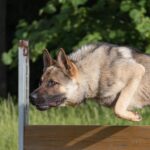
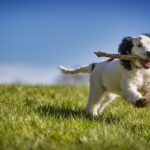
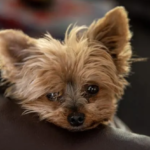

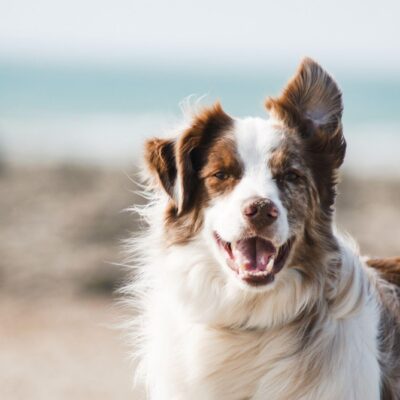
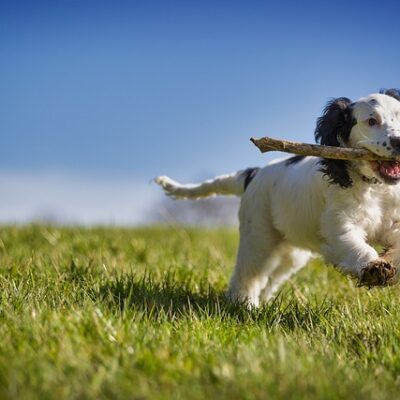
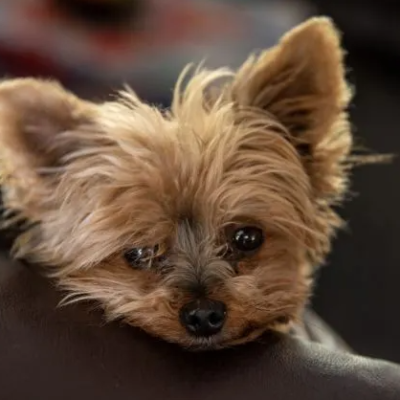
No Comment! Be the first one.